
Hello all and welcome back from winter break. It is odd to be starting a semester without seeing familiar faces. Instead, my study abroad adventure in Toulouse has started and I am meeting new people and seeing new faces everyday.
My host parents Blanche and Michel were at the airport to pick me up. They moved back to Toulouse from Paris about 10 years ago, and live in a modern yet cozy apartment along the Canal du Midi. Their apartment’s walls and shelves display little sculptures, masks, paintings, and other objects that they have acquired over time. Each has its story; a Carnival mask from their honeymoon in Venice, a Japanese brushstroke painting of a relaxed cat, a pair of oxen bookends carved from the wood of a coconut tree and brought back by Michel’s uncle in Madagascar. I was happy to add Bryn Mawr to their collection, and gave them a painted owl ornament, which they hung from the mantel.
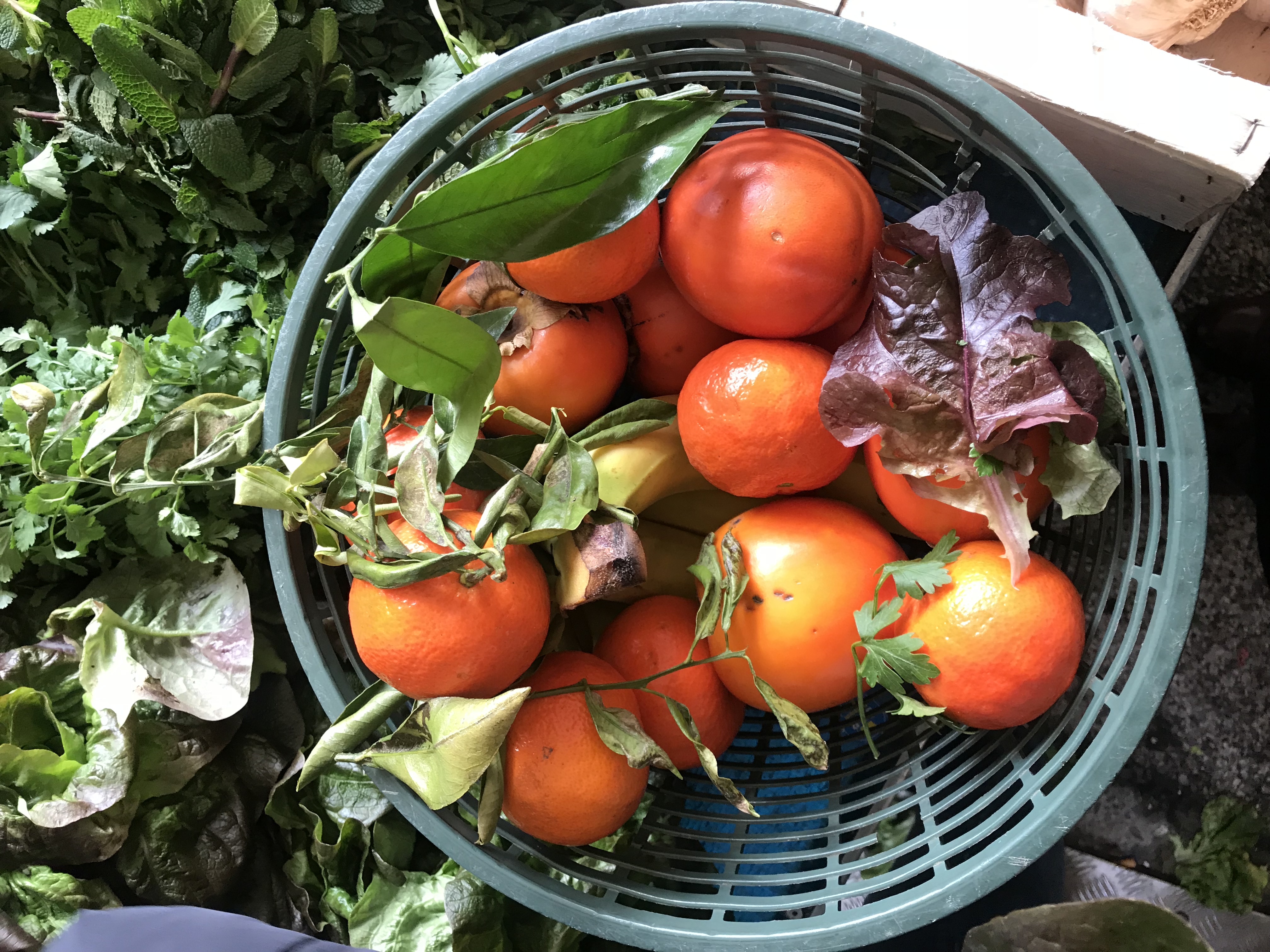
Sunday we went to the market that encircles a church to purchase groceries for the week. Whether there is snow, rain, or fog, Sunday is market day. Dozens of stalls surround the Church of Saint-Aubin to the east of the city. Michel and Blanche made a beeline for the apple seller. He was happy to see them. His cold had improved since last week. Unfortunately, his apples had not. The hail, while it had not altered their taste, had left puckered parts that made them look less appetizing. He threw his hands up in the air and sighed. Oh well. 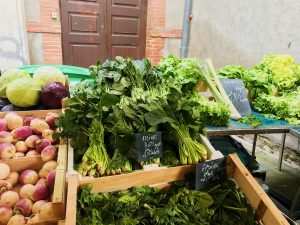
The next stop was the nut seller. Blanche bought a pound of freshly picked almonds from an orchard outside Carcassonne. Hazelnuts would be for next week, said Michel. The vegetable seller provided fresh lettuce, persimmons, bananas, clementines, parsley, and a slice of pumpkin. Behind the church we found fresh eggs, and next to the fresh eggs, live chickens for sale. We passed stalls of meats, handmade salamis, fresh pastas, hand-woven baskets, bouquets of wildflowers, and chickens roasting on a spit while their juices fell onto the golden brown potatoes in the roasting pan beneath.
This afternoon I took a short bike ride around town. Toulouse is a bike-friendly city, and there are bike rental stands in every neighborhood and a multitude of paths along the canal. You take out a bike and can replace it in any of the stands once you have finished the ride. Furthermore, if the ride lasts fewer than thirty minutes, it is free.

The city is a wonderfully warm color because of the pink and orange bricks that make up all the buildings. The light makes the bricks glow, especially during sunrise and sunset. Yet while the buildings are made of brick, the cast-iron balconies and wooden window shutters are usually painted in contrasting colors—turquoise, green, fuchsia, even violet. With its small winding cobblestone streets, cafes with tables clustered in the sunshine, and the aromas of food in the air, it is a city to explore.
My courses will start Monday, just as they do at Bryn Mawr. To all, bon courage!

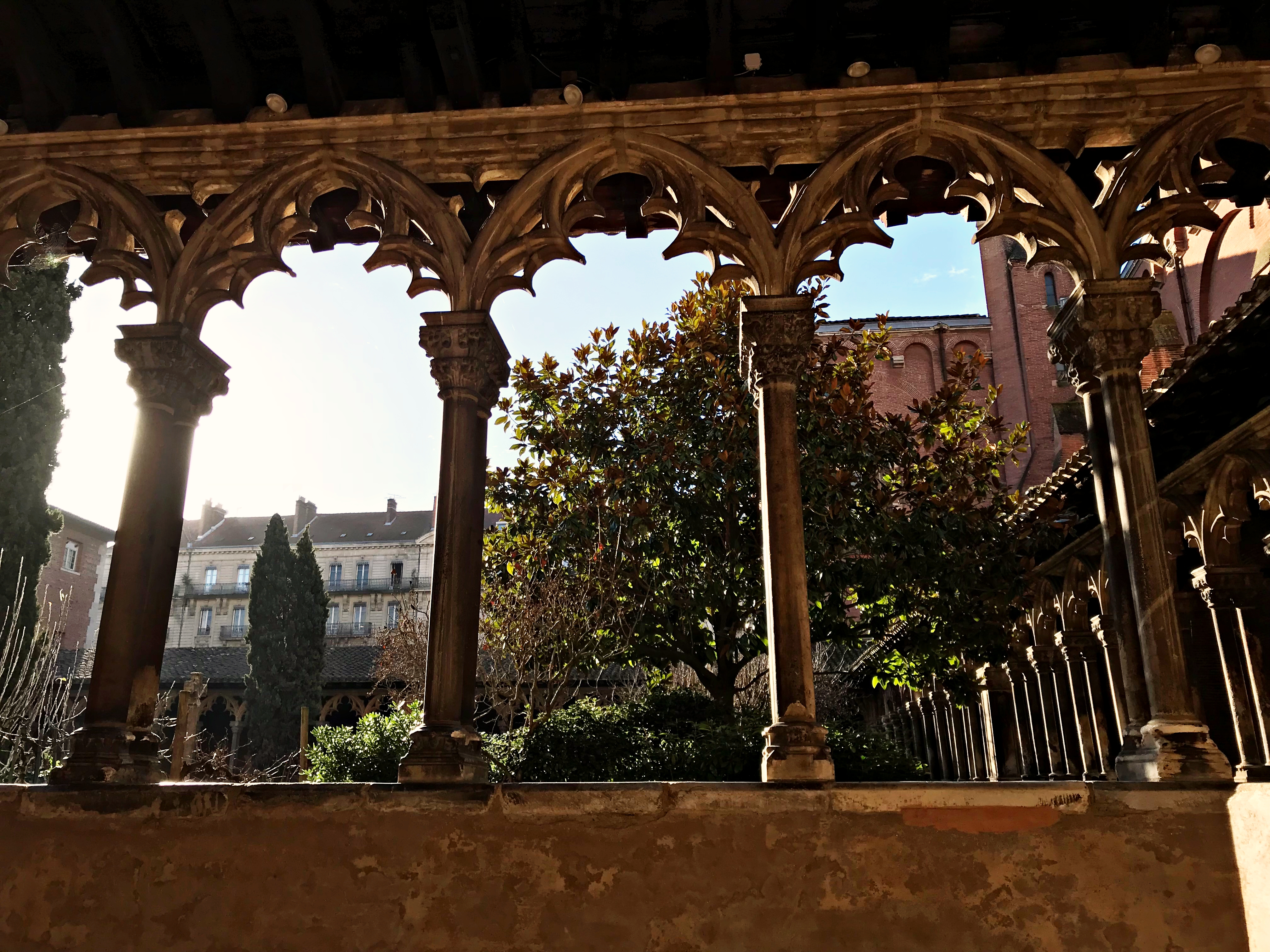
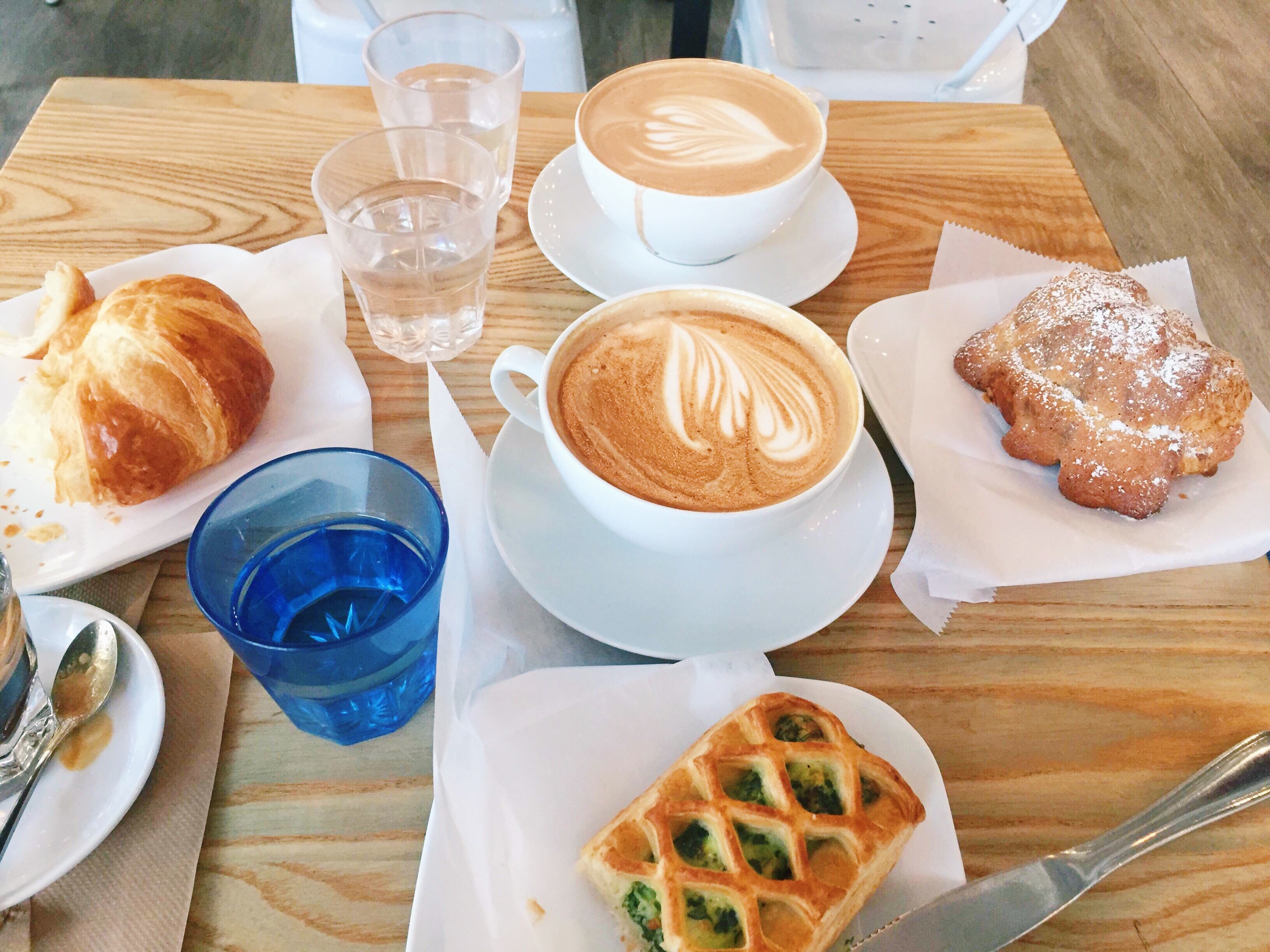
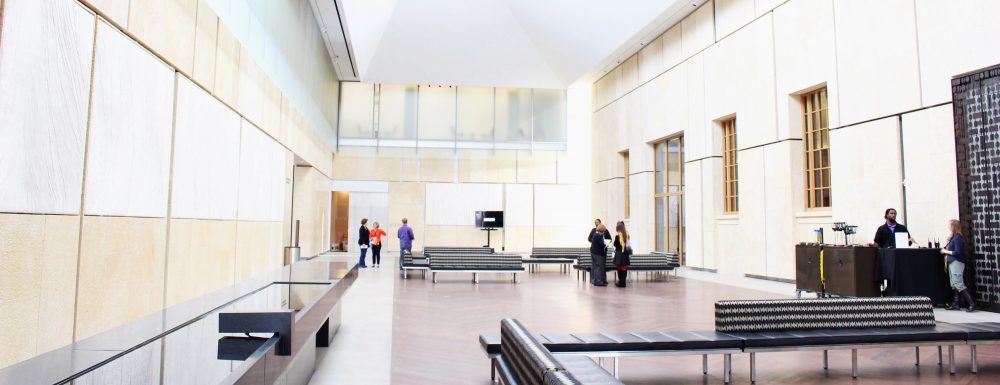

 On Thursday afternoon, September 27, Bryn Mawr hosted three simultaneous lectures on a bevy of topics: Modeling the Hand Gesture in the Age of the Silk Roads; The Medieval Now: White Nationalism, Medieval Studies, and Race; and the one I ultimately attended: Two Ways of Thinking about the Family: Chinese and Aztec.
On Thursday afternoon, September 27, Bryn Mawr hosted three simultaneous lectures on a bevy of topics: Modeling the Hand Gesture in the Age of the Silk Roads; The Medieval Now: White Nationalism, Medieval Studies, and Race; and the one I ultimately attended: Two Ways of Thinking about the Family: Chinese and Aztec.



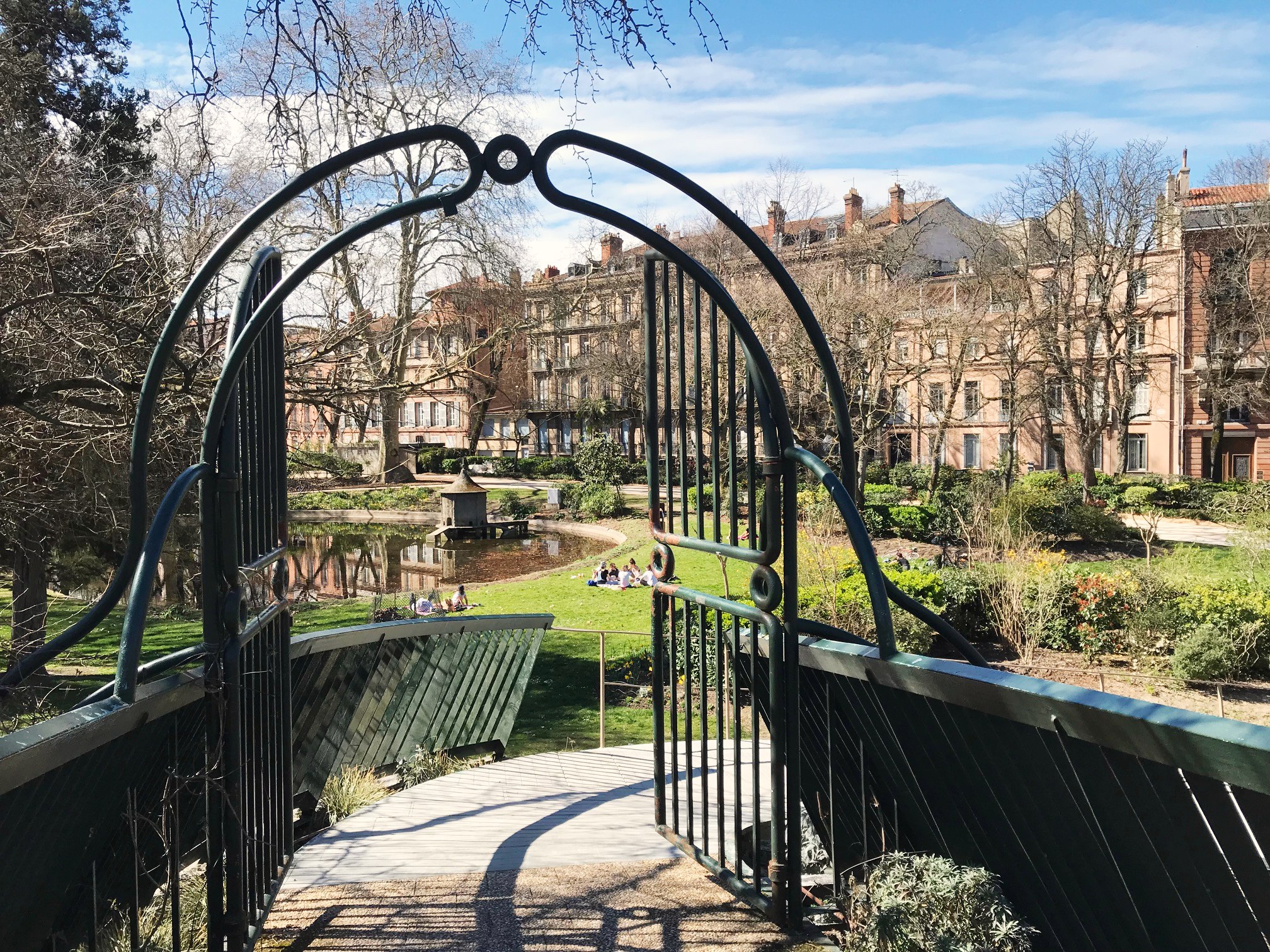

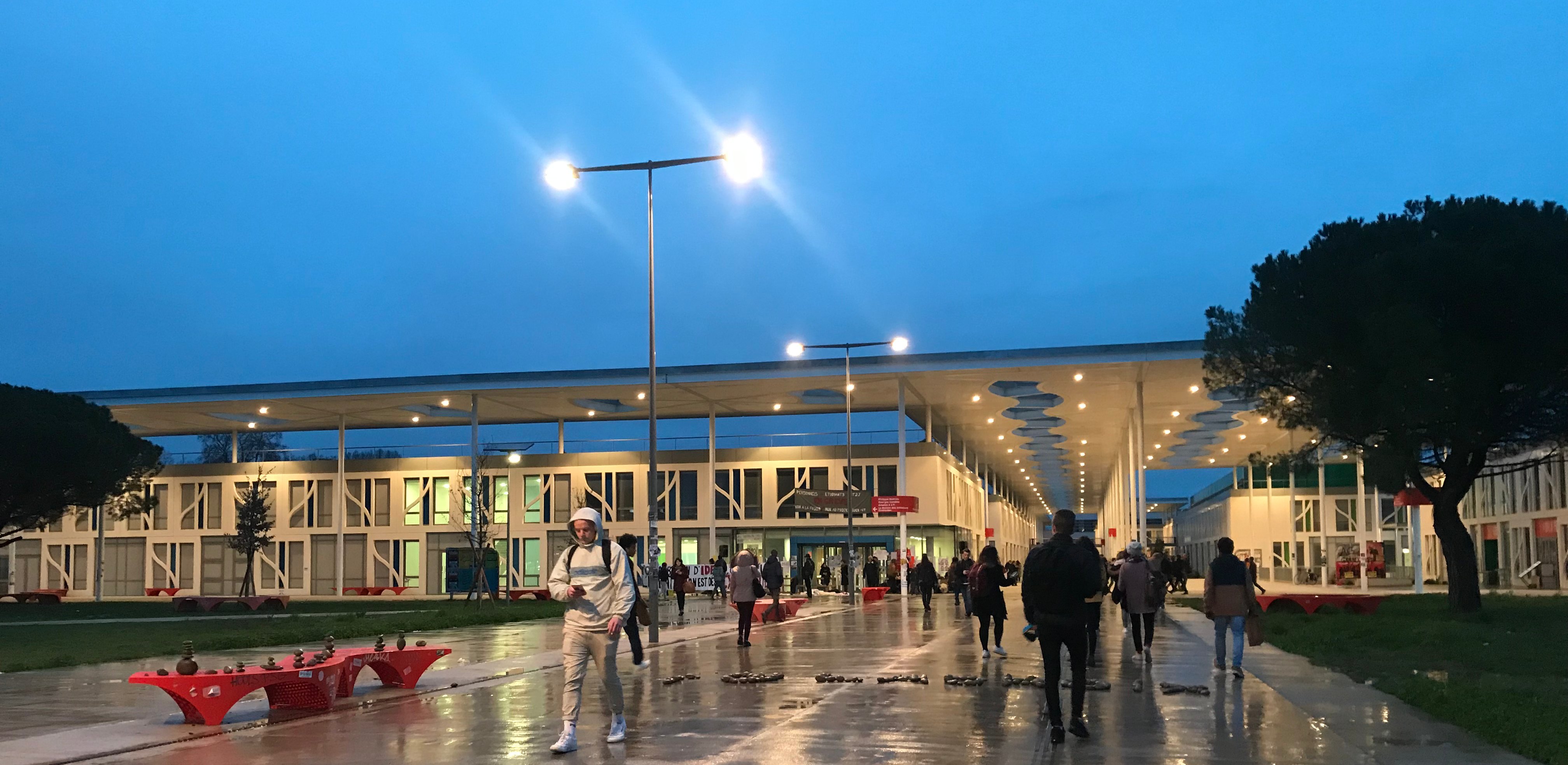
 The same night I met my hosts, I also was introduced to the ubiquitous plate of cheese. Consequently, the cheese plate stayed on the table for every meal and has become one of the things I love most about France. Easily it was the most cheese I have seen at a single meal, with more than seven kinds crowded on the plate, varying in shape, color, size, and smell. Every couple of days, a new cheese will appear on the plate, and join its companions soon to be savored.
The same night I met my hosts, I also was introduced to the ubiquitous plate of cheese. Consequently, the cheese plate stayed on the table for every meal and has become one of the things I love most about France. Easily it was the most cheese I have seen at a single meal, with more than seven kinds crowded on the plate, varying in shape, color, size, and smell. Every couple of days, a new cheese will appear on the plate, and join its companions soon to be savored.





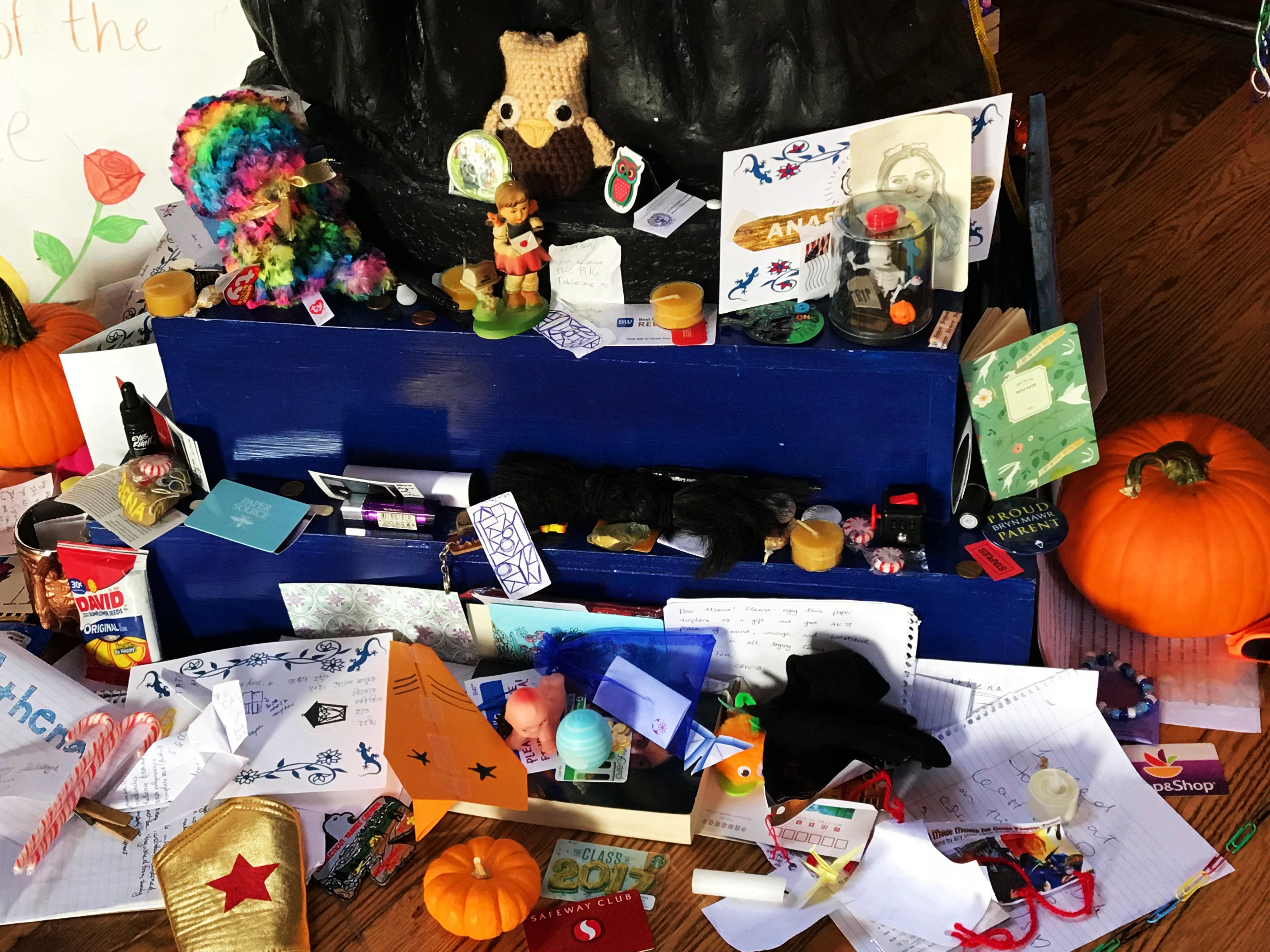
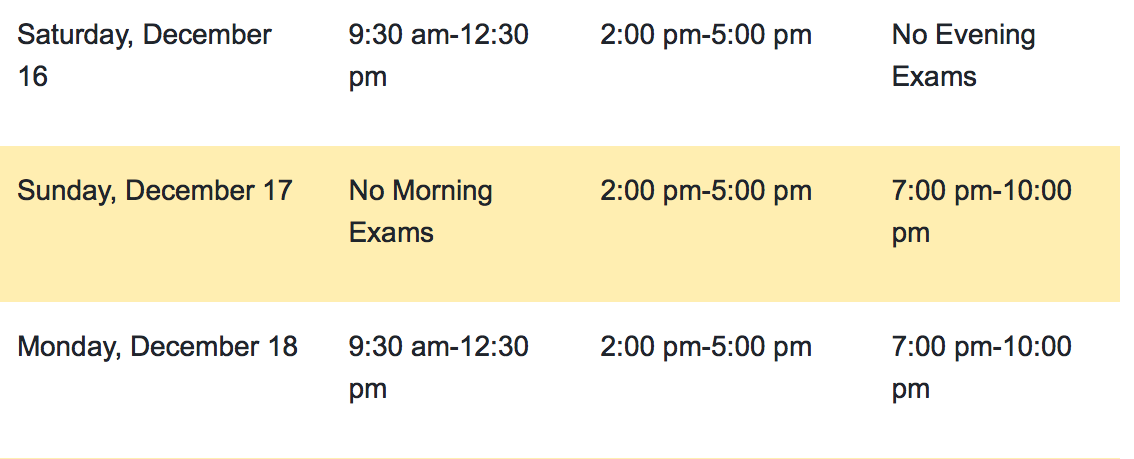
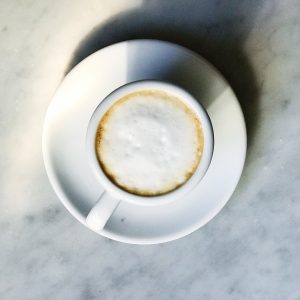 During exam week some tips would be :
During exam week some tips would be :